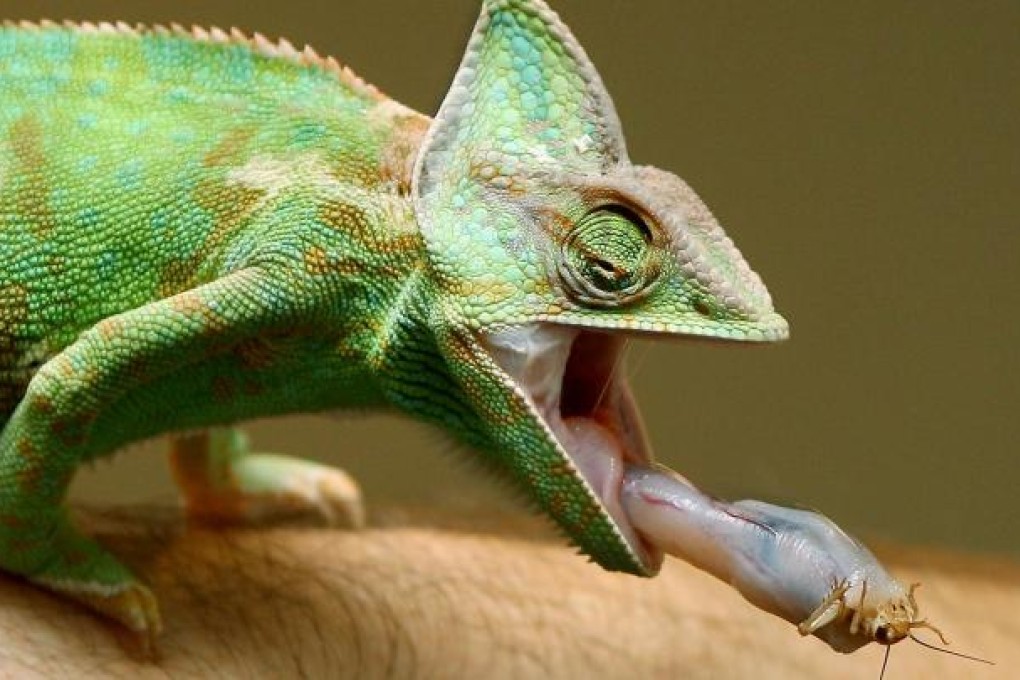New study reverses theory of chameleons' origins
A new study of 174 species may end the debate regarding the reptile's origin

Chameleons took to the waves to migrate from Africa to Madagascar about 65 million years ago, said a study published last week that seeks to resolve a roiling biological debate.
The vast majority of the 195 chameleon species today are found in Africa and Madagascar, both once part of a supercontinent called Gondwana, which broke apart some 120 million years ago. The split led the African continent and the island of Madagascar to become separated by a sea trough that today is 400 kilometres wide.
Fossil evidence suggests the first chameleons only showed up after the break-up - but scientists have long disagreed about where.
The new study, based on a genetic analysis of 174 chameleon species, says the migration came from Africa.
It was led by lizard pioneers who probably hitched a ride on rafts of floating debris washed downstream in big African rivers during floods, suggested its authors.
"What we did was estimate the time period when various related chameleons on Africa and Madagascar diverged," said lead author Krystal Tolley at the South African National Biodiversity Institute in Cape Town.